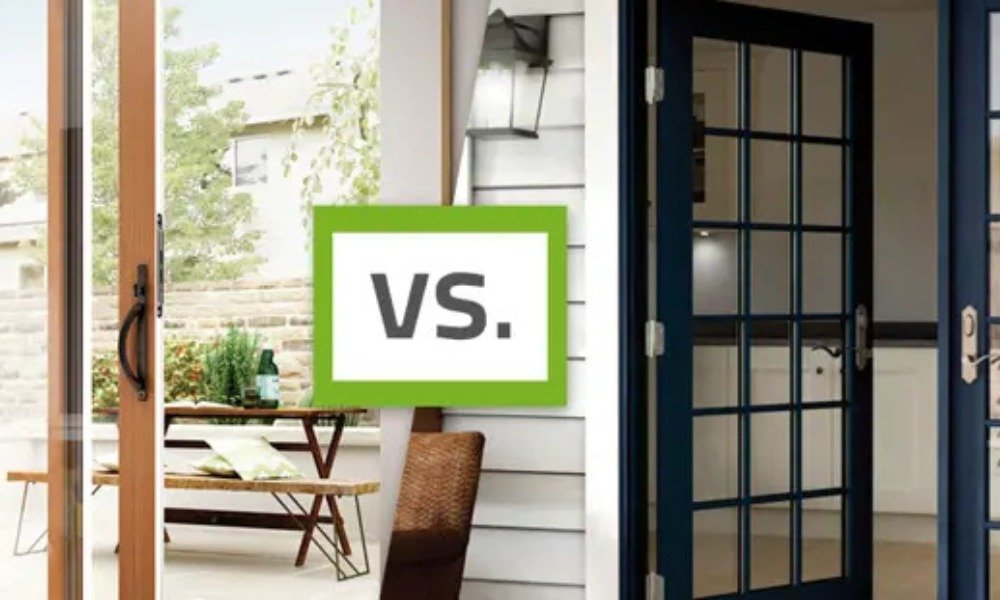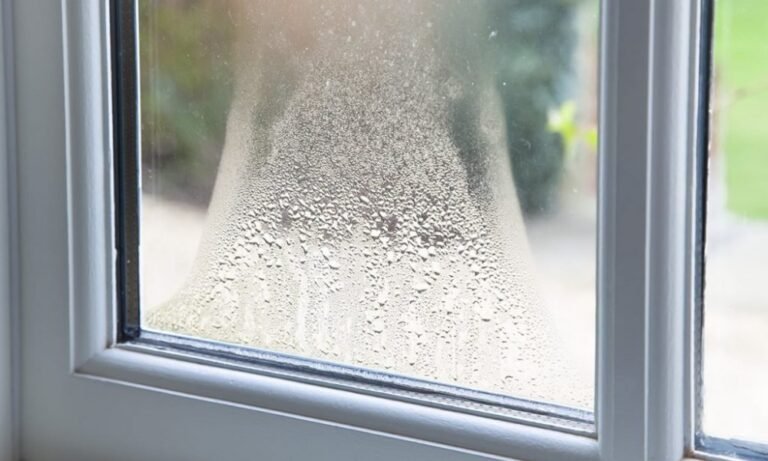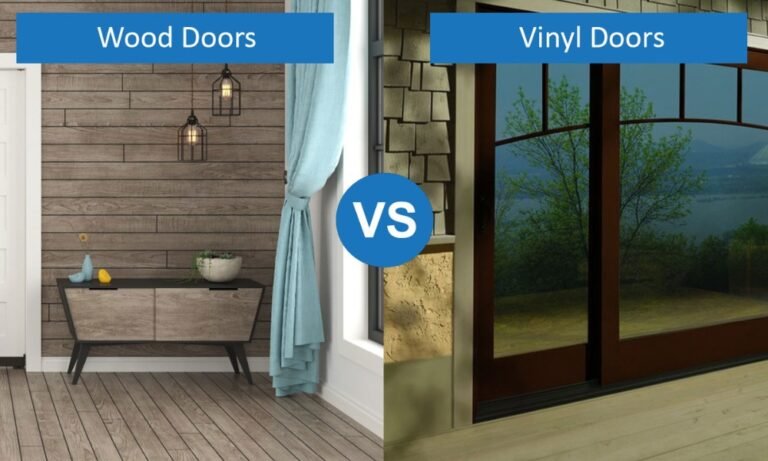Estimated reading time: 6 minutes
Choosing the right type of entryway can completely transform your home. From adding style to improving functionality, your choice between sliding and French designs can significantly impact how your space feels and works. Both options have their strengths, and this guide will help you explore which one is the perfect fit for your needs.
What You’ll Learn in This Guide
- Aesthetic differences and how each style enhances your home’s look.
- Practical considerations for space, functionality, and daily use.
- Maintenance, durability, and energy efficiency.
- Costs and long-term value.
- Tips for making the best decision for your home.
Let’s explore these options in-depth so you can make a confident and informed choice.
Aesthetics: Balancing Elegance and Simplicity
The Sleek Look of Sliding Designs
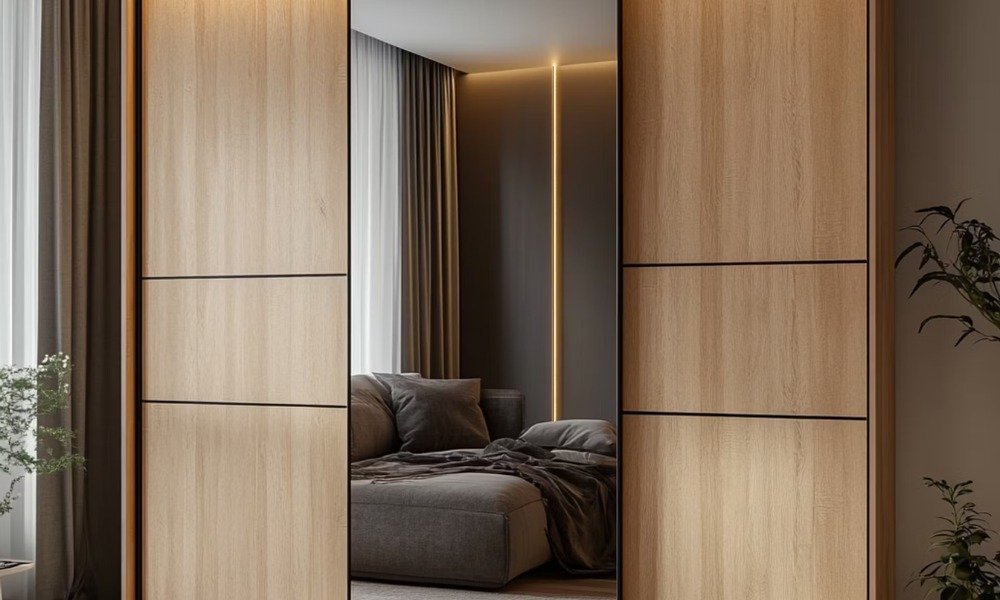
Sliding styles are the go-to choice for those who love contemporary simplicity. These panels typically feature large, uninterrupted glass surfaces that create a seamless connection between your indoor and outdoor areas. They’re ideal for framing scenic views and flooding your home with natural light.
Because of their clean and modern design, sliding models integrate effortlessly into minimalist homes. Whether opening onto a deck, patio, or balcony, they create an expansive feel that makes even smaller spaces appear larger.
The Timeless Charm of French Doors
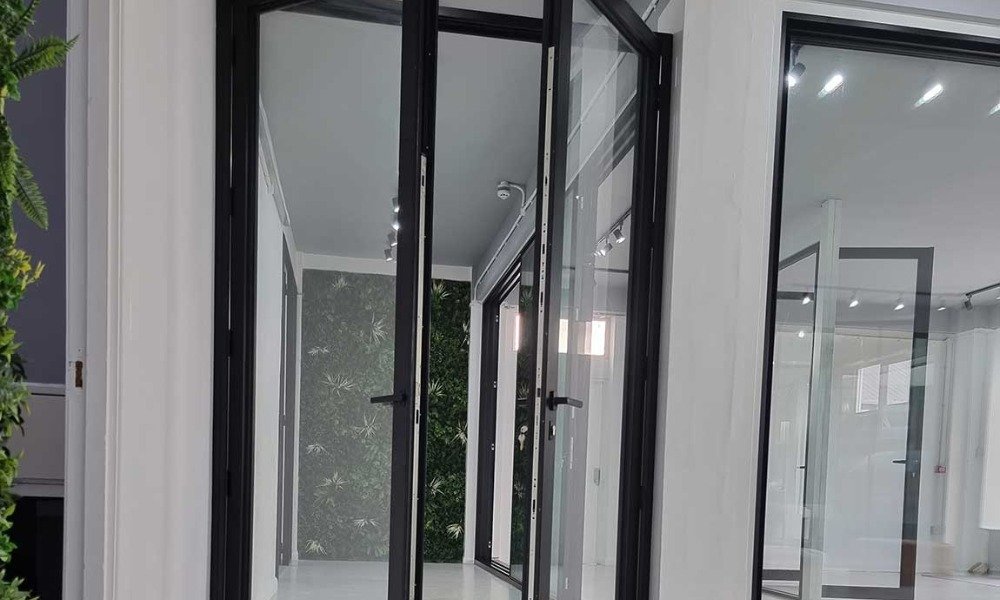
French designs, on the other hand, are celebrated for their timeless elegance. Their panelled glass structure often includes intricate framing that adds a touch of sophistication. These double-panel doors are perfect for creating dramatic entrances or visually connecting two spaces in your home.
Their versatility extends across various architectural styles, from rustic farmhouses to stately traditional homes. Even in a more modern setting, simpler French frames can blend seamlessly while maintaining their refined appeal.
👉 Tip: Think about your home’s overall vibe. Modern designs often pair best with sliding panels, while French ones bring character to more classic interiors.
Practicality: How Each Style Works in Your Space
Space Requirements
Sliding models are ideal for tight areas. Because they operate along a track, they don’t require floor clearance to open or close. This makes them a practical solution for spaces where furniture placement is a concern, such as smaller patios or compact living rooms.
By contrast, French doors swing outward or inward, so they need ample room to function properly. This feature can limit how you arrange your space but offers the benefit of a wider opening for better airflow and easier accessibility.
Ease of Use
Sliding doors are smooth and easy to operate. The gliding mechanism ensures quick and effortless movement, making them a favorite for busy households. French models offer flexibility since one or both panels can open fully, depending on your needs.
Both styles work well for connecting indoor and outdoor areas, but sliding panels are often better for high-traffic zones where ease of use matters most.
👉 For more ideas on space-saving solutions, check out my article on Signs It’s Time to Replace Your Windows and Doors.
Maintenance and Durability
Keeping Sliding Options in Top Shape
Maintenance for sliding designs is minimal. Regularly cleaning the tracks and ensuring rollers remain free of debris will keep them operating smoothly. Their simple design makes them less prone to wear and tear over time, particularly if you opt for materials like aluminum or vinyl.
Caring for French Styles
French models typically require more upkeep. Hinges need occasional lubrication, and weatherstripping should be checked periodically to maintain a tight seal. If you choose a wood frame, refinishing or repainting might be necessary to preserve its appearance.
Both types of entryways can last for decades if properly maintained, but French ones tend to involve more effort due to their intricate design.
👉 For maintenance tips, read my guide on How to Maintain Your Windows and Doors for Longevity.
Energy Efficiency and Costs
Energy Performance
Energy efficiency largely depends on the door’s material and glass quality. Sliding panels often feature overlapping designs that minimize air leakage, making them a good choice for keeping your home insulated. Double or triple glazing can enhance their thermal performance further.
French doors, while elegant, may not always offer the same level of insulation. Sealing gaps around the frame and upgrading to high-performance glass can help them match sliding options in efficiency.
Cost Considerations
Sliding doors are generally more affordable, with standard models starting at around $1,000. French options tend to be pricier, often beginning at $1,500 due to their intricate designs and higher installation costs.
That said, both styles offer options for customization. Adding premium finishes, specialty glass, or energy-efficient upgrades can raise the price for either type.
👉 Wondering if it’s worth the investment? Check out Cost vs. Value: Is Window Replacement Worth the Investment?.
Customization Options
Material Choices
Both designs come in a variety of materials that impact their appearance, durability, and maintenance needs. Here are a few popular options:
- Vinyl: A budget-friendly, low-maintenance choice for both styles.
- Wood: Adds warmth and charm, particularly for French doors in traditional homes.
- Aluminum: Known for sleek profiles and durability, ideal for sliding panels.
- Fiberglass: Durable and versatile, often mimicking wood textures.
Glass Features
Upgrading to double or triple glazing not only improves energy efficiency but also enhances security. Privacy glass, like frosted or tinted options, is available for both sliding and French models, offering style and functionality.
Security Considerations
Modern doors are designed with safety in mind, but each type has its strengths:
- Sliding Designs: Look for features like anti-lift mechanisms, robust locking systems, and laminated glass for added security.
- French Models: Multi-point locks and reinforced frames make these doors a secure option.
Both styles benefit from professional installation to ensure optimal safety and performance.
How to Choose the Best Option for Your Home
Here are a few questions to guide your decision:
- How much space do you have? Sliding panels are better for compact areas, while French doors shine in larger rooms.
- What’s your style preference? French options bring classic charm, whereas sliding designs lean modern.
- What’s your budget? Sliding panels are often less expensive initially but can rival French styles in cost when customized.
- How will you use them? For frequent use in high-traffic areas, sliding models might be more practical.
Conclusion
Choosing between sliding and French doors ultimately depends on your space, style, and priorities. Sliding designs excel in modern aesthetics and space-saving functionality, while French options bring timeless elegance and a sense of grandeur.
If you’re still unsure, let me help! At Nashville Window and Door Inc., I specialize in creating custom solutions tailored to your home’s unique needs. Whether you’re after sleek minimalism or classic charm, I’ll ensure you get the perfect entryway to enhance your living space.
👉 Looking for more inspiration? Don’t miss my article on Wood vs. Vinyl: Which Door Material is Right for You?.
Your perfect door is just a decision away!
